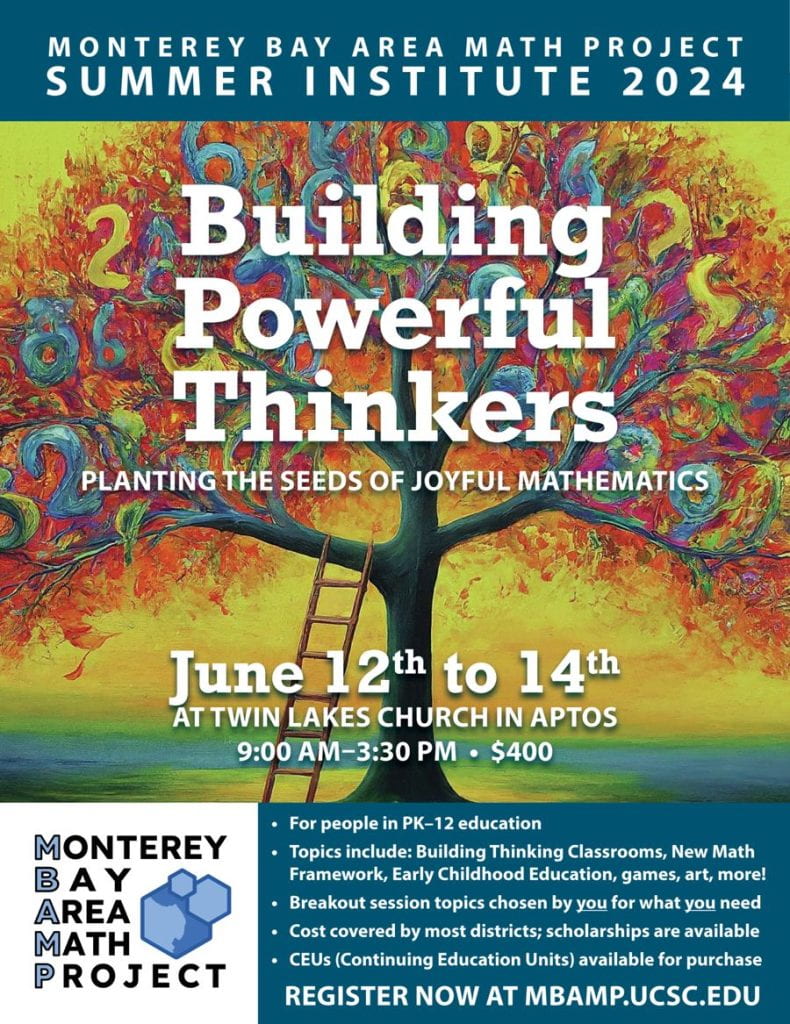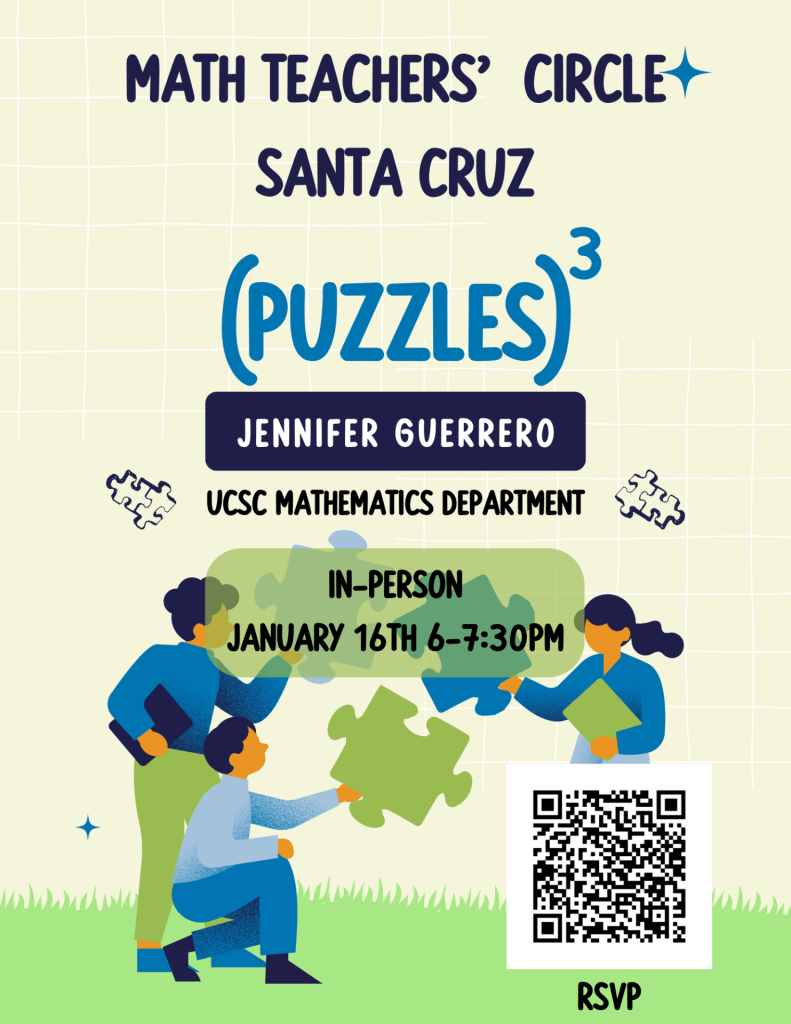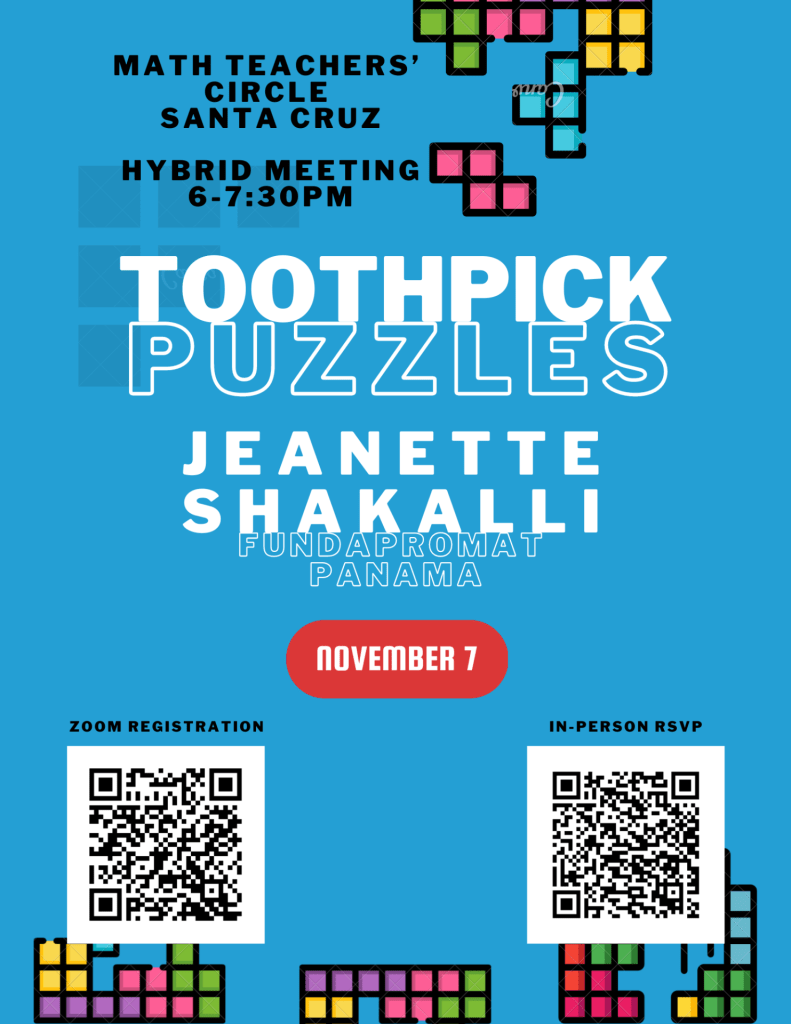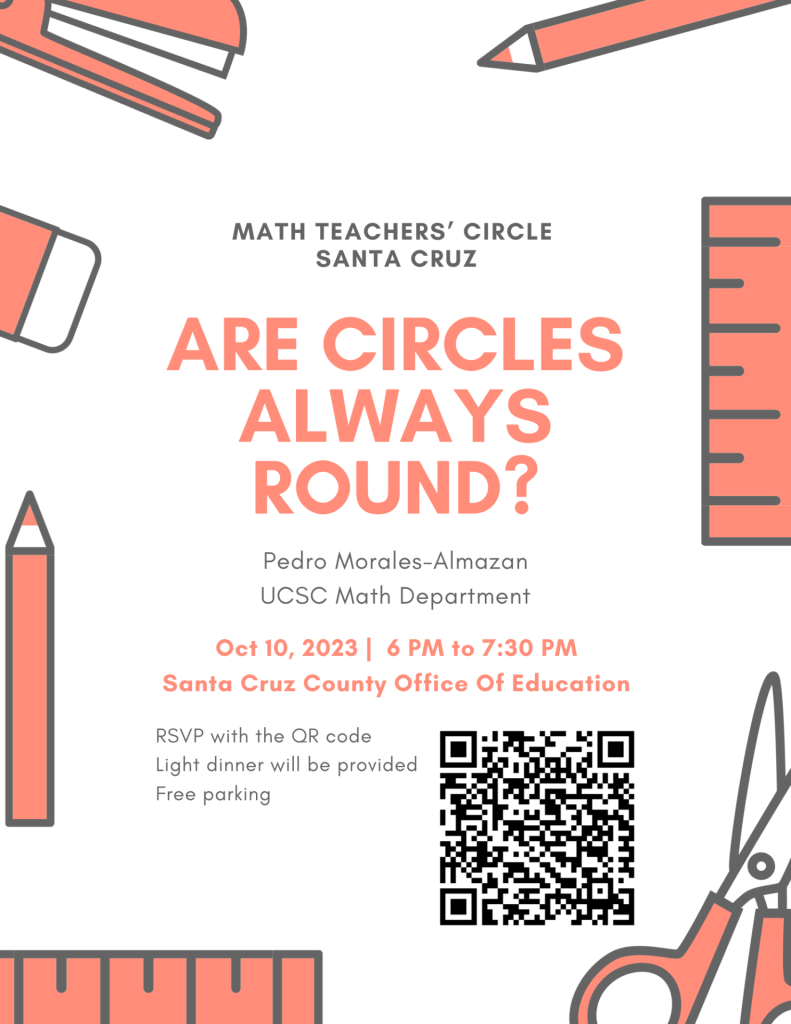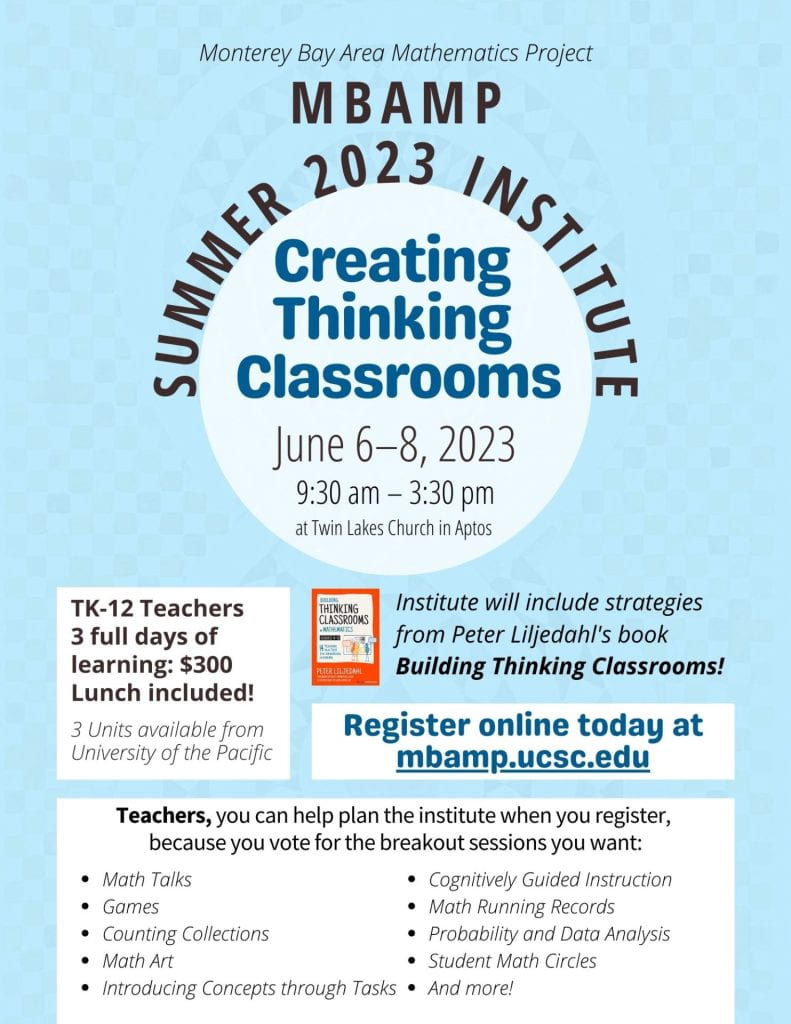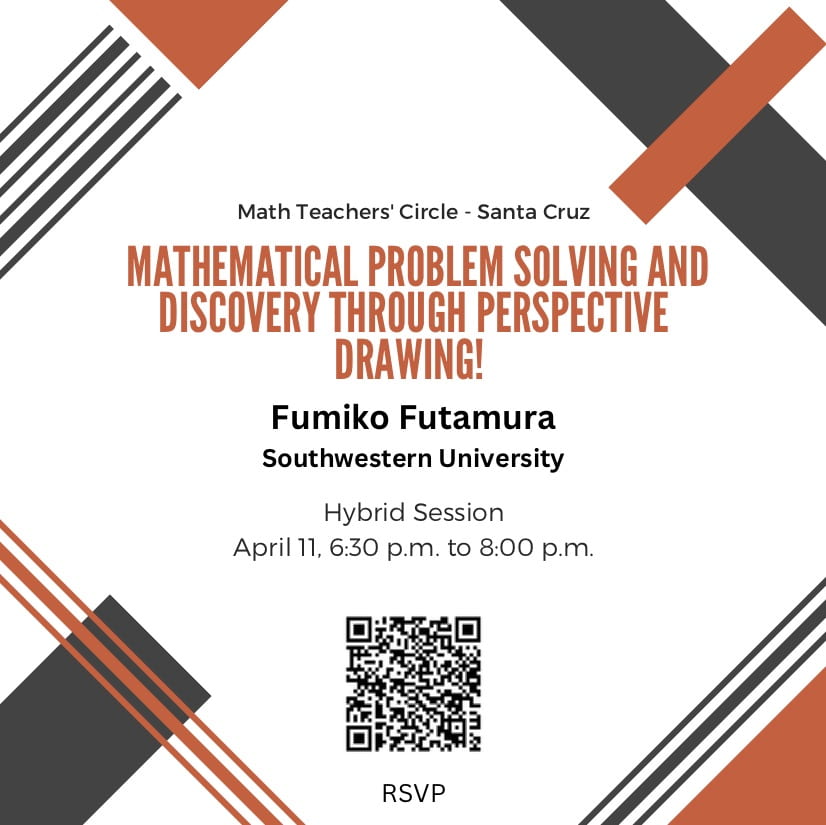Math Is the Great Secret
Sept. 18, 2022, 6:00 a.m. ET

María Medem
By Alec Wilkinson
Mr. Wilkinson is the author of “A Divine Language: Learning Algebra, Geometry, and Calculus at the Edge of Old Age.”
As a boy in the first weeks of algebra class, I felt confused and then I went sort of numb. Adolescents order the world from fragments of information. In its way, adolescence is a kind of algebra. The unknowns can be determined but doing so requires a special aptitude, not to mention a comfort with having things withheld. Straightforward, logical thinking is required, and a willingness to follow rules, which aren’t evenly distributed adolescent capabilities.
When I thought about mathematics at all as a boy it was to speculate about why I was being made to learn it, since it seemed plainly obvious that there was no need for it in adult life. Balancing a checkbook or drawing up a budget was the answer we were given for how math would prove necessary later, but you don’t need algebra or geometry or calculus to do either of those things.
But if I had understood how deeply mathematics is embedded in the world, how it figures in every gesture we make, whether crossing a crowded street or catching a ball, how it figures in painting and perspective and in architecture and in the natural world and so on, then perhaps I might have seen it the way the ancients had seen it, as a fundamental part of the world’s design, perhaps even the design itself. If I had felt that the world was connected in its parts, I might have been provoked to a kind of wonder and enthusiasm. I might have wanted to learn.
Five years ago, when I was 65, I decided to see if I could learn adolescent mathematics — algebra, geometry and calculus — because I had done poorly at algebra and geometry and I hadn’t taken calculus at all. I didn’t do well at it the second time, either, but I have become a kind of math evangelist.
Mathematics, I now see, is important because it expands the world. It is a point of entry into larger concerns. It teaches reverence. It insists one be receptive to wonder. It requires that a person play close attention. To be made to consider a problem carefully discourages scattershot and slovenly thinking and encourages systematic thought, an advantage, so far as I can tell, in all endeavors. Abraham Lincoln said he spent a year reading Euclid in order to learn to think logically.
Studying adolescent mathematics, a person is crossing territory on which footprints have been left since antiquity. Some of the trails have been made by distinguished figures, but the bulk of them have been left by ordinary people like me. As a boy, trying to follow a path in a failing light, I never saw the mysteries I was moving among, but on my second pass I began to. Nothing had changed about math, but I had changed. The person I had become was someone whom I couldn’t have imagined as an adolescent. Math was different, because I was different.
The beginner math mystery, available to anyone, concerns the origin of numbers. It’s a simple speculation: Where do numbers come from? No one knows. Were they invented by human beings? Hard to say. They appear to be embedded in the world in ways that we can’t completely comprehend. They began as measurements of quantities and grew into the means for the most precise expressions of the physical world — e = mc², for example.
The second mystery is that of prime numbers, those numbers such as 2, 3, 5, 7, 11 and 13 that can be divided cleanly only by one or by themselves. All numbers not prime are called composite numbers, and all composite numbers are the result of a unique arrangement of primes: 2 x 2 = 4. 2 x 3= 6. 2 x 2 x 2 = 8. 3 x 3= 9. 2 x 3 x 3 x 37 = 666. 29 x 31 = 899. 2 x 2 x 2 x 5 x 5 x 5 = 1,000. If human beings invented numbers and counting, then how is it that there are numbers such as primes that have attributes no one gave them? The grand and enfolding mystery is whether mathematics is created by human beings or exists independently of us in a territory adjacent to the actual world, the location of which no one can specify. Plato called it the non-spatiotemporal realm. It is the timeless nowhere that never has and never will exist anywhere but that nevertheless is.
Mathematics is one of the most efficient means of approaching the great secret, of considering what lies past all that we can see or presently imagine. Mathematics doesn’t describe the secret so much as it implies that there is one.
On my second engagement, whenever I encountered a definition of mathematics, I wrote it down. Among those I liked best was that mathematics is a story that has been being written for thousands of years, is always being added to and might never be finished. Such a thought would have appealed to me deeply as a boy and might have made mathematics seem maybe not welcoming, but at least less forbidding than it appeared.

